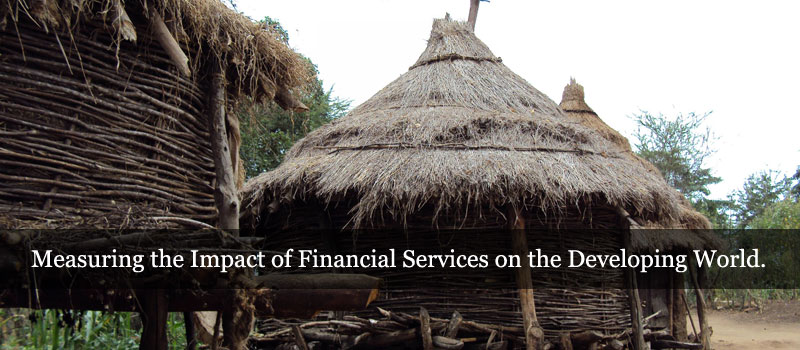Microsavings Programs: Assessing Demand and Impact, A Critical Review of the Literature
While credit has been the traditional focus of microfinance institutions (MFIs) and donors, the importance of microsavings programs for the poor is gaining recognition within the microfinance literature. Traditional savings schemes Rotating Savings and Credit Associations (ROSCAs), Accumulating Savings and Credit Associations (ASCAs), deposit collectors, cash hidden in the home have been granularly explored by development practitioners (e.g., Rutherford, 1999; Gugerty, 2003). The many traditional examples combined with the developed world’s understanding of formal savings services secured accounts at well-established banks have prompted most savings research to be focused on product design, management, delivery systems, and other MFI capacity needs to create commercial savings products for the poor (e.g., Hirschland, 2005).
There is limited quantitative evidence, however, about the demand for savings services and the relative preference of the poor between savings and loans. Furthermore, there exists a noticeable gap in the microfinance literature on the impact of savings on clients, microenterprises, households, communities, and financial institutions.
This paper attempts to answer the following questions based on a review of the empirical literature1 focused on savings products and services for the poor:
- What information exists about the demand for savings services among the poor?
- What studies exist that evaluate the impact of savings products and services on the lives of the poor?
- How robust are these studies (critical review)?
- How have empirical studies addressed savings products relative to loan products?
- Which are the most appropriate indicators and statistical analyses used to assess the impact of savings products?
Section II of this paper discusses the two types of demand studies found in the microsavings literature. The first are MFI-commissioned studies which rely on market research to estimate client demand for savings services in their particular markets. The second type are studies conducted by microfinance researchers that describe (either quantitatively or qualitatively) the existing use of microsavings services by the poor. These studies then conclude that this use is evidence of demand for additional savings services. Several empirical demand studies of this type are summarized.
In Section III, we review studies that quantitatively assess the impact of savings services for the poor. Because of the limited literature about both microfinance impact and microsavings (relative to microcredit), there are few studies that address this important issue. Those impact studies that do exist tend to measure the effect of certain product or client characteristics on the savings rates of the poor. Few studies provide social measurements to determine how savings affect the quality of life of clients.
Section IV provides an assessment of the types of impact studies that were reviewed in Section III and discusses the most useful and relevant impact indicators for future evaluations. Section V offers a summary and some final lessons learned.




